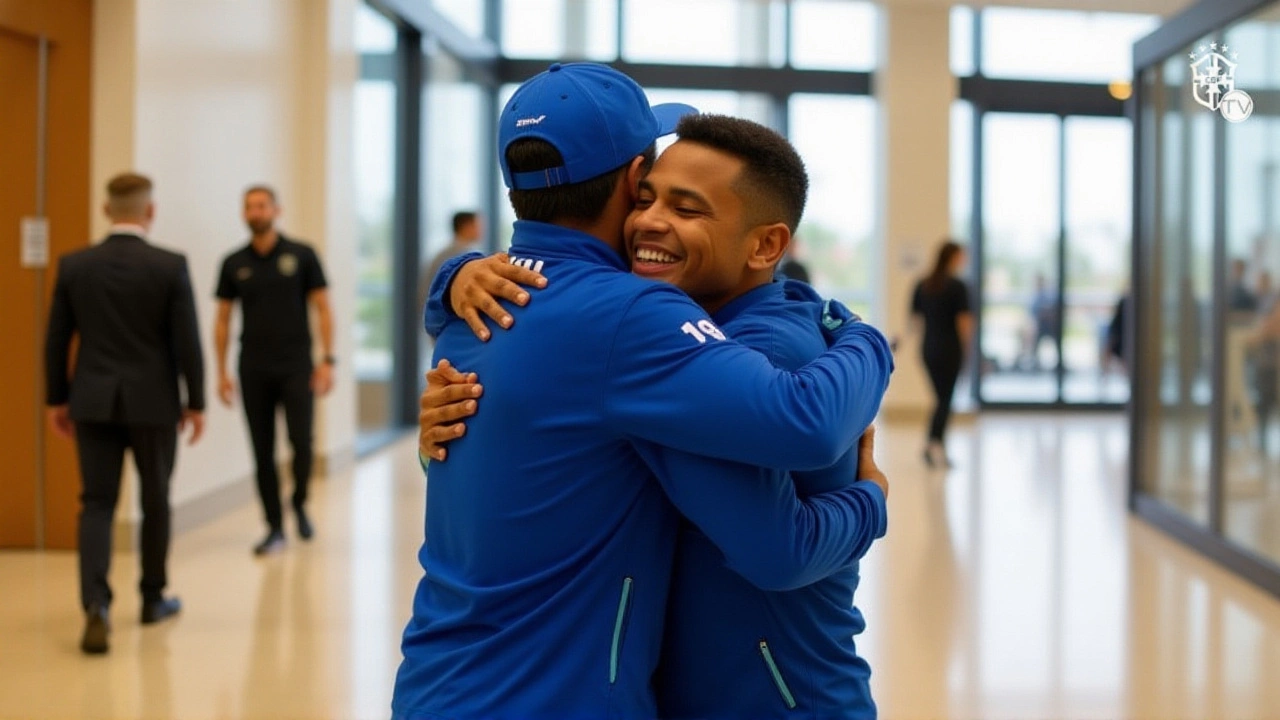2026 World Cup – All the Essentials
When talking about the 2026 World Cup, the next FIFA men’s football tournament that will be co‑hosted by the United States, Canada and Mexico. Also known as FIFA World Cup 2026, it marks a historic expansion to 48 national teams and a triple‑nation format. The event 2026 World Cup brings together three continents’ worth of fans, broadcasters and sponsors under a single banner. It encompasses a 32‑day competition, requires a multi‑stage qualification process, and influences global tourism patterns. Overseeing every detail is FIFA, the global governing body for football that sets the rules, schedule and commercial framework. Also called Fédération Internationale de Football Association, FIFA coordinates the qualification rounds, appoints match officials and ensures the tournament meets its sustainability targets.
What to Watch For
The three hosts each add a unique flavor. United States, the largest market for football in North America with a network of NFL‑grade stadiums. Known also as the USA, it will provide 11 venues ranging from East Coast metropolises to the West Coast. Canada, the northern partner offering modern, fan‑friendly arenas and a passionate multicultural audience will host three cities, while Mexico, the football‑crazy nation with a rich World Cup history contributes four iconic stadiums. Together they cover over 800,000 seats, a geographic spread that cuts travel time for fans and spreads economic benefits across three economies. The tournament’s schedule will kick off in June 2026, with group matches spread across all venues, followed by knockout rounds that converge on the United States for the final. Qualification will run from 2024 to 2025, featuring regional playoffs that guarantee every confederation a minimum of spots, a change from previous editions that aimed to broaden global representation.
Beyond the games, the 2026 World Cup promises a fan experience unlike any before. Ticket packages will combine matches with local cultural festivals, turning stadium trips into weekend adventures. Legacy plans include stadium upgrades that serve community sports, green‑energy commitments that cut the carbon footprint, and youth development programs funded by the host nations. Broadcasters will roll out next‑gen streaming options, giving viewers real‑time stats, multiple camera angles, and interactive polls. All these elements create a tournament that connects local excitement with worldwide appeal, shapes future host bids and sets a new standard for how football can unite diverse regions. Below you’ll find a curated collection of articles that dive deeper into each of these topics, from stadium details to qualification analysis, giving you everything you need to stay ahead of the 2026 excitement.
Vinicius Junior and Rodrygo Lead Brazil to 5-0 Win in Seoul
Brazil's stars Vinicius Junior and Rodrygo powered a 5‑0 triumph over South Korea in Seoul, boosting confidence ahead of the 2026 World Cup qualifiers.
